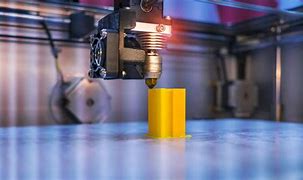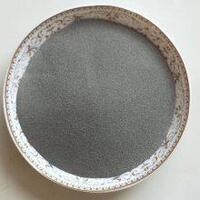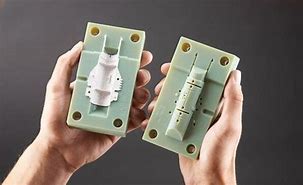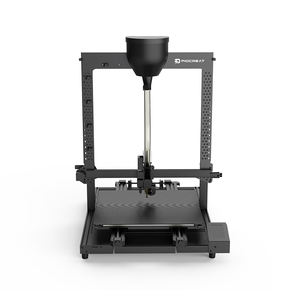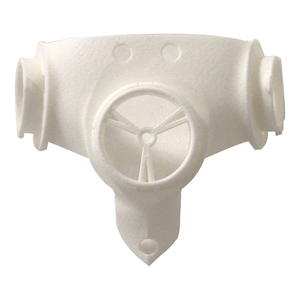Discover a professional 3D printing powder supplier
Title: Are 3D Printed Metal Guns a Safety Time Bomb?
(how safe are 3d printed metal guns)
So, you’ve seen the headlines. Maybe you’ve watched a video online. The idea sounds like something straight out of a sci-fi thriller: printing a real, working gun in your garage. But let’s get real. Forget the Hollywood drama for a second. The burning question isn’t just can it be done, but how safe are 3D printed metal guns? Are we talking about a revolutionary tool or a dangerous accident waiting to happen? Buckle up, because we’re diving deep into the metal, the tech, and the very real risks involved.
1. What Exactly Are 3D Printed Metal Guns?
Let’s break it down simply. Forget plastic toys. We’re talking serious metal here. 3D printed metal guns are firearms where key components, like the receiver or barrel, are made using additive manufacturing. Think of it like building something layer by layer, but with metal powder and lasers or electron beams. It’s complex tech, far beyond your average desktop plastic printer. Companies use machines that cost hundreds of thousands of dollars to fuse metal powder into solid parts. The goal? Creating a firearm frame or body that can handle the massive pressures of firing a bullet. These aren’t your grandpa’s zip guns; they’re sophisticated pieces of engineering. But being made layer-by-layer introduces unique challenges right from the start.
2. Why Safety Is Such a Huge Concern with These Guns
Okay, so why all the fuss? Why is safety the number one worry? It boils down to one thing: pressure. Firing a bullet creates an explosion inside the gun. This explosion generates immense force pushing outwards. A traditional steel barrel contains this force safely. But a 3D printed metal part? It’s different. The layer-by-layer process can create tiny weaknesses. Imagine microscopic voids, inconsistencies, or weak spots hidden inside the metal. You can’t see them. You might not even detect them with basic checks. Now, picture that weak spot right where the explosion happens. The result? The gun could crack, shatter, or even explode in the shooter’s hands. This isn’t just a misfire; it’s catastrophic failure. It poses a direct, immediate danger to the user. That’s the core safety nightmare with 3D printed metal guns.
3. How Are These Guns Actually Made?
Understanding the manufacturing process is key to understanding the risks. Making a metal gun part isn’t like printing a plastic toy. It requires specialized, industrial-grade machines. Common methods include Direct Metal Laser Sintering (DMLS) or Electron Beam Melting (EBM). Here’s a simplified version: a thin layer of fine metal powder (like titanium or steel alloys) is spread across a build platform. A powerful laser or electron beam then scans the powder, melting it precisely according to a digital design. This melts the powder particles together, solidifying them. The platform lowers, another layer of powder is spread, and the process repeats. Layer by layer, the part builds upwards. Afterwards, the part is removed from the powder bed. It often needs significant post-processing: heat treatment for strength, removal of support structures, and precise machining to meet final dimensions. Every single step – powder quality, laser calibration, temperature control, post-processing – impacts the final part’s integrity. A tiny error anywhere can create a fatal flaw.
4. What Are the Broader Applications of Metal 3D Printing?
It’s easy to get fixated on the gun aspect, but metal 3D printing is revolutionary for many industries. Its true value lies far beyond firearms. Aerospace companies use it to make lighter, stronger jet engine parts with complex internal channels impossible to machine traditionally. Medical implant manufacturers create custom hip joints or spinal implants perfectly shaped to a patient’s anatomy. Car makers are experimenting with it for high-performance components. Even artists are exploring its potential for intricate sculptures. The technology allows for incredible design freedom, reduced waste, and the creation of complex geometries. It’s transforming manufacturing. Focusing solely on guns misses the huge positive impact this technology is having elsewhere.
5. FAQs: Your Burning Questions Answered
Let’s tackle some common questions head-on:
Can anyone really print a metal gun at home? Realistically, no. The equipment needed costs hundreds of thousands of dollars and requires significant expertise. Desktop metal printers exist but are generally for prototyping or less critical parts, not firearms.
Are 3D printed metal guns legal? Laws vary wildly by country and even within countries (like different US states). Generally, making any firearm requires licenses. Undetectable firearms (like some plastic guns) are often specifically illegal. Metal printed guns face the same legal hurdles as traditionally made guns, plus potential new regulations.
Do they work reliably? Some prototypes function. However, consistent, reliable performance, especially over many rounds, is a major challenge due to the potential for hidden flaws and material fatigue. They are far less reliable than mass-produced firearms.
Can they be detected by security? Metal 3D printed guns are made of metal. They will trigger metal detectors just like any other firearm. The “undetectable” tag usually applies to plastic guns.
(how safe are 3d printed metal guns)
Is the technology itself bad? Absolutely not. Metal 3D printing is a powerful manufacturing tool. Like any tool, its application determines its impact. The focus should be on safe and legal use, not demonizing the tech itself.

